
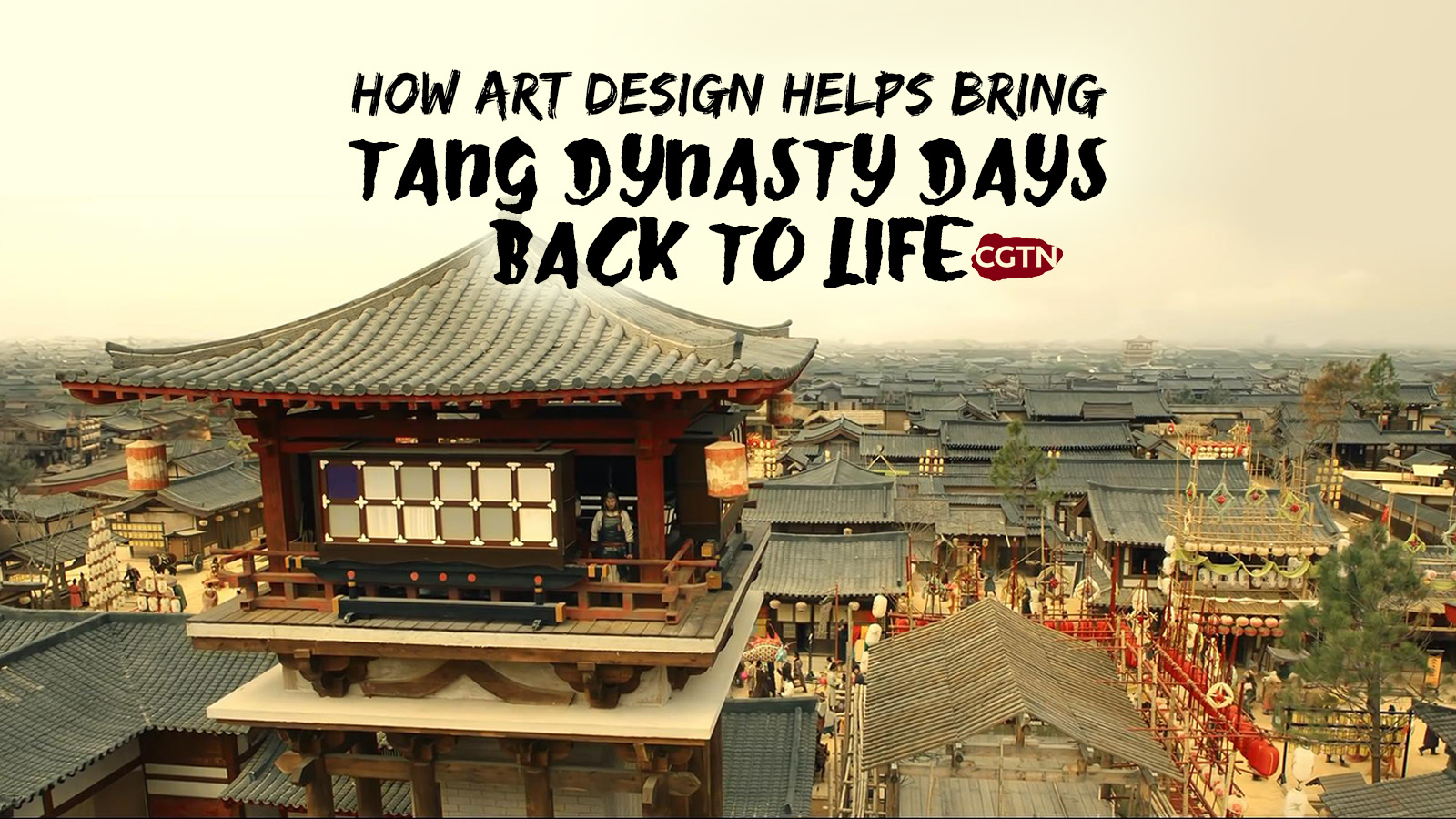
The Chinese web series "The Longest Day in Chang'an" has been discussed on various social media platforms since it was launched on Youku, a Chinese video platform last month.
Many viewers mentioned in the comments one of the highlights of the series is its accurate reproduction of the Tang-dynasty elements. From the street plan of Chang'an to the costumes of ordinary people in the Tang Dynasty (618-907), the details of this series are commendable.
To more accurately understand the situation in the art design of this series, CGTN interviewed one of the art directors of the series, Jin Yang, who shares his views about the role of art design in film and television plays, as well as some problems encountered in the art design of this series.
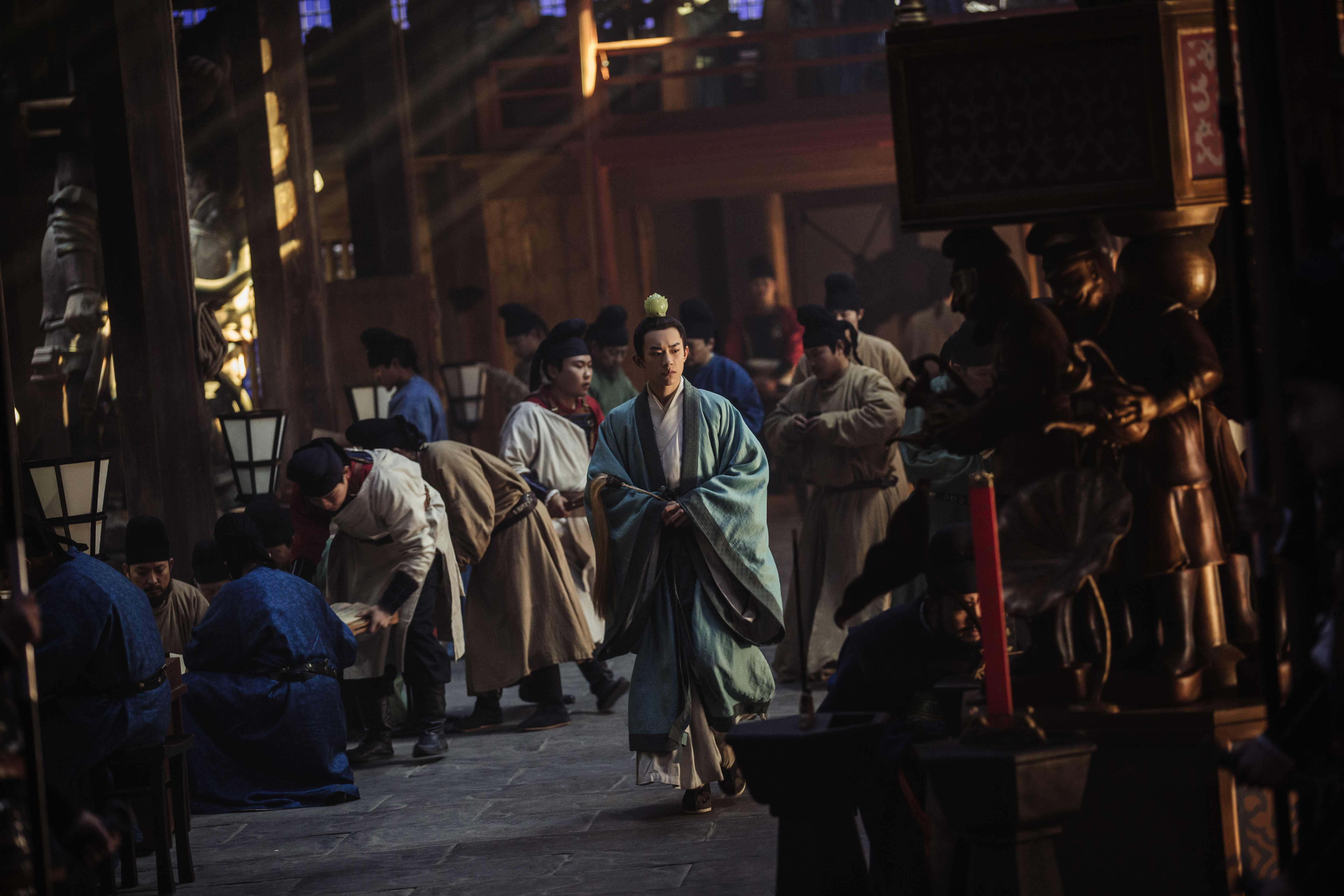
A still from "The Longest Day in Chang'an." /Douban.com Photo
Tang Dynasty revisited
As an essential export place of Chinese film and television culture, costume dramas have been attracting a large number of audiences at home and abroad. In recent years, however, except for "Empresses in the Palace" and "Nirvana in Fire," it seems that costume dramas are not very prominent in terms of production.
However, as a commercial web series, "The Longest Day in Chang'an" received good comments. Based on the novel of the same name by Ma Boyong, the show takes place during the Shangyuan Festival (Lantern Festival) in Chang'an, capital of the Tang Dynasty, today's Xi'an, the provincial seat of Shaanxi.
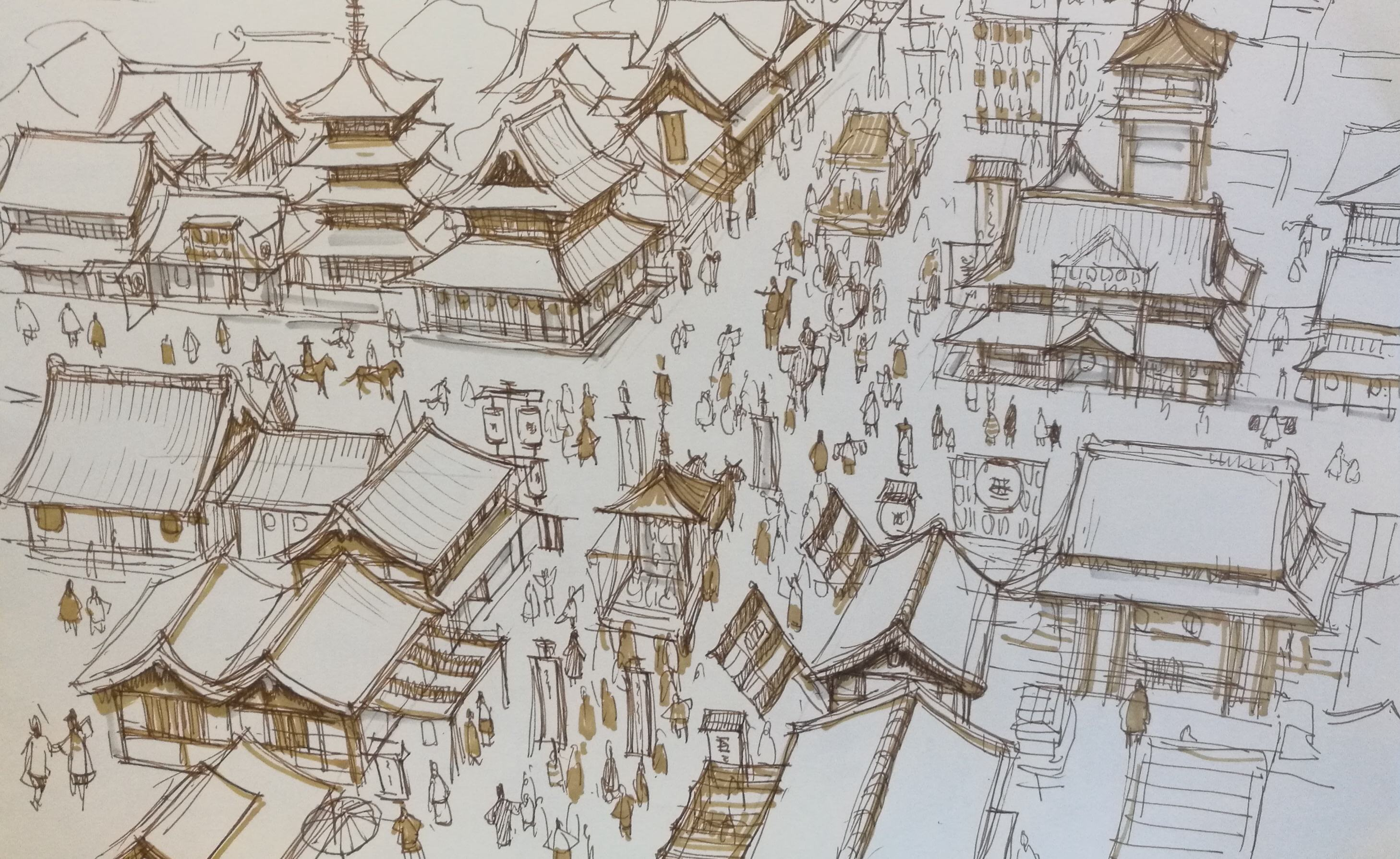
A manuscript of "The Longest Day in Chang'an." /Photo by Jin Yang
It took seven months to set up the stage, Sohu reported.
Jin Yang mentioned that, in this play, he and Yang Zhijia, another art director of the series, decided on a plan after receiving the offer from the director, which was to restore the history of the Tang Dynasty and one specific day from that era as accurately as possible.
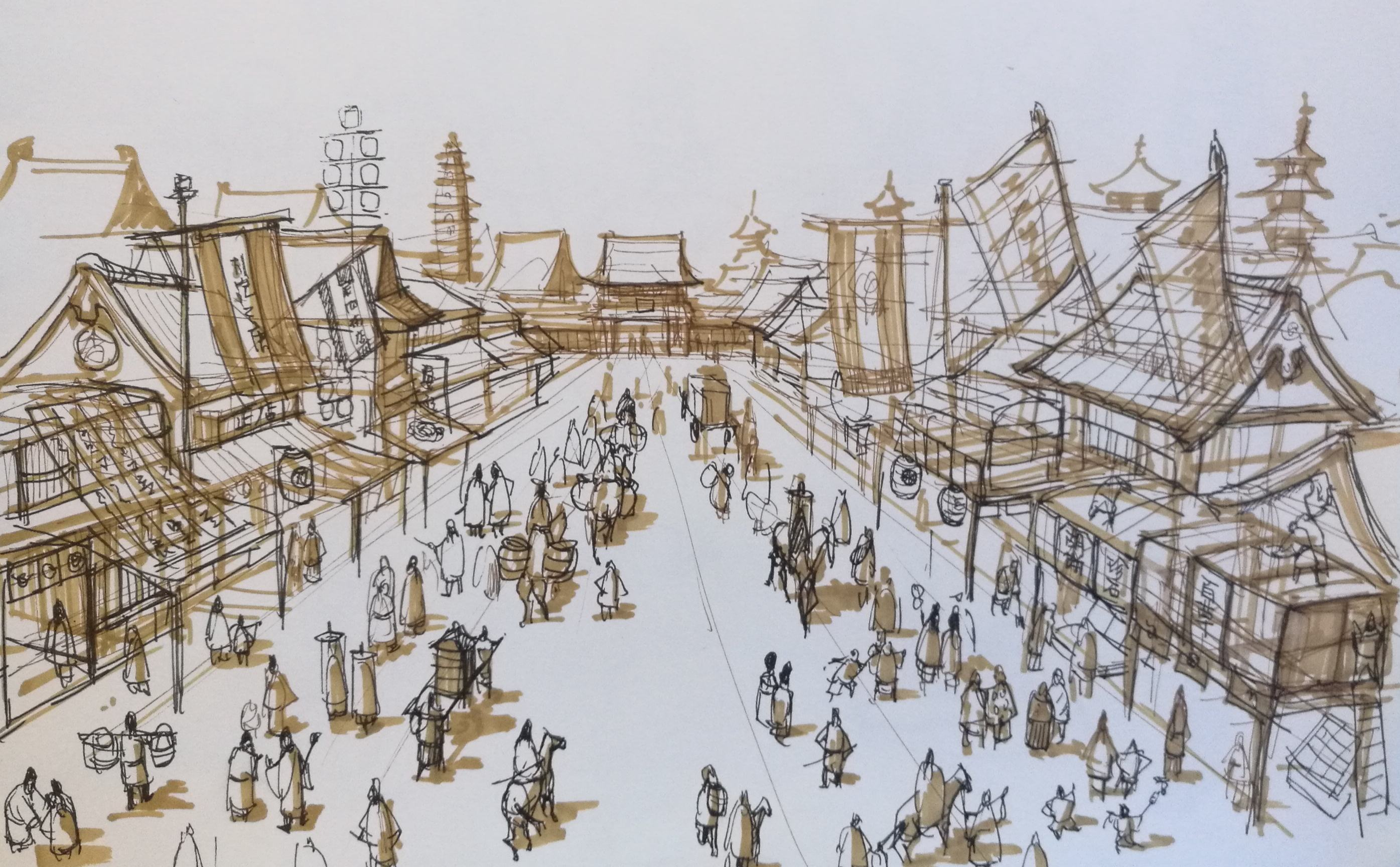
Another manuscript. /Photo by Jin Yang
"During more than a year of preparation, we read a large number of books and catalogs. In my impression, there are about three boxes of picture albums accompanying our art group (during the shooting)," said Jin.
Besides paper research, the art team also visited many relevant museums, such as Xi'an Museum, Shaanxi History Museum and the National Museum of China, and spent many days immersing themselves into the culture of Xi'an at that time.
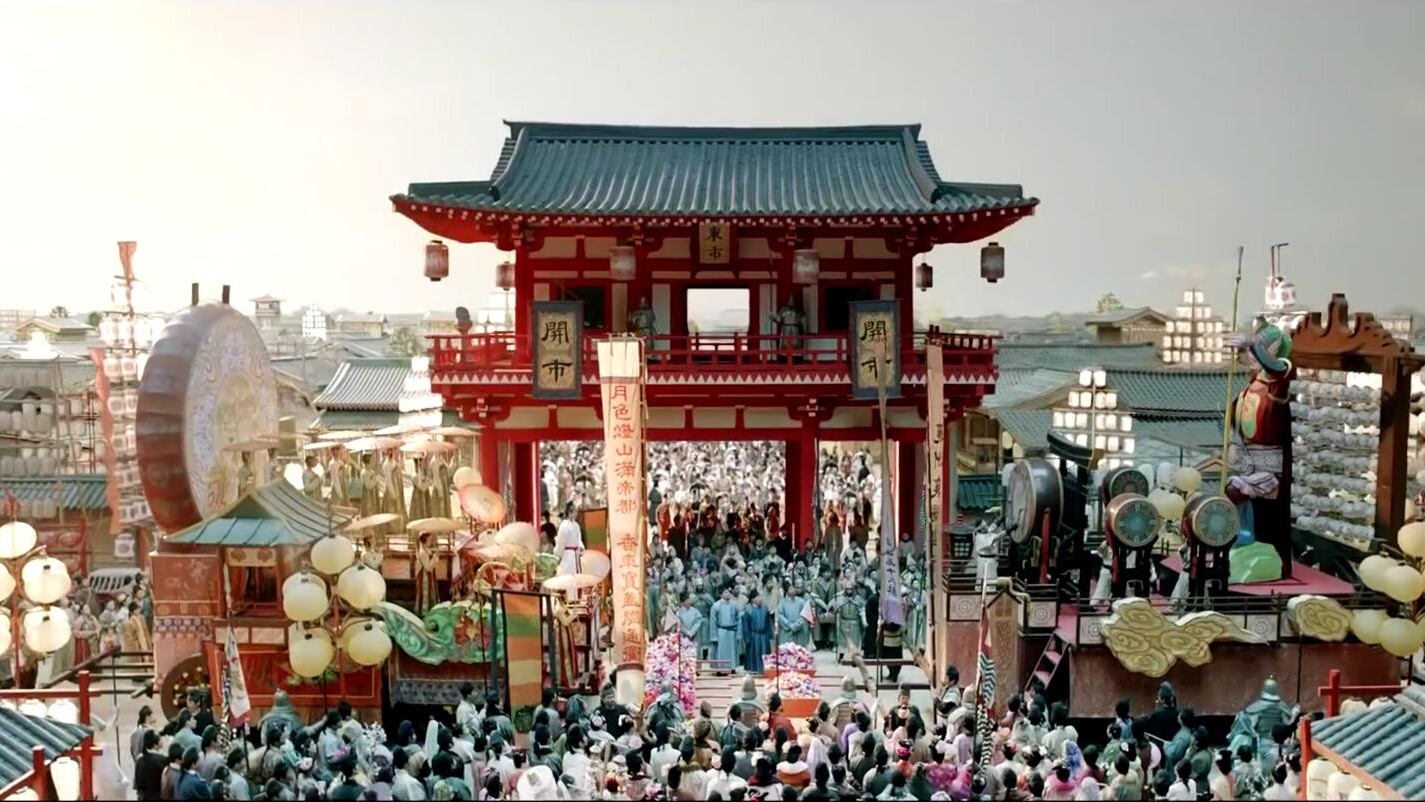
A still from "The Longest Day in Chang'an." /Douban.com Photo
In some cases, the art team also tried to reconstruct the scenes according to the materials they had, Jin added.
" Chang'an City at that time was vast, and the streets were very straight and wide. It was very different from some of the cities we saw after the Song Dynasty (960–1279)," Jin said.
A story, not a museum
An elaborate art design can improve the feel of the whole film, but art design cannot decide the entire picture of the drama. Although art and historical facts of the series are pretty much in line with each other, Jin Yang still puts forward the idea of separating film and TV dramas from the studies of history.
"Our web series is, first of all, a genre film, a commercial film. It's a story and not a museum. If we restore it in the way of museums, then this web series will not be what it is now," Jin indicated.
Many audiences have compared "The Longest Day in Chang'an" to the U.S. action-drama "24." Regarding the artistic design, Jin Yang said although the amount of time and energy they spent on these plays and movies is not comparable to that of Europe and America, they can only say that they are striving to do their best with the resources they have now.
Video editor: Chen Haomin
Videographer: Zheng Lei
Cover image designer: Li Jingjie

Copyright © 2018 CGTN. Beijing ICP prepared NO.16065310-3
Copyright © 2018 CGTN. Beijing ICP prepared NO.16065310-3